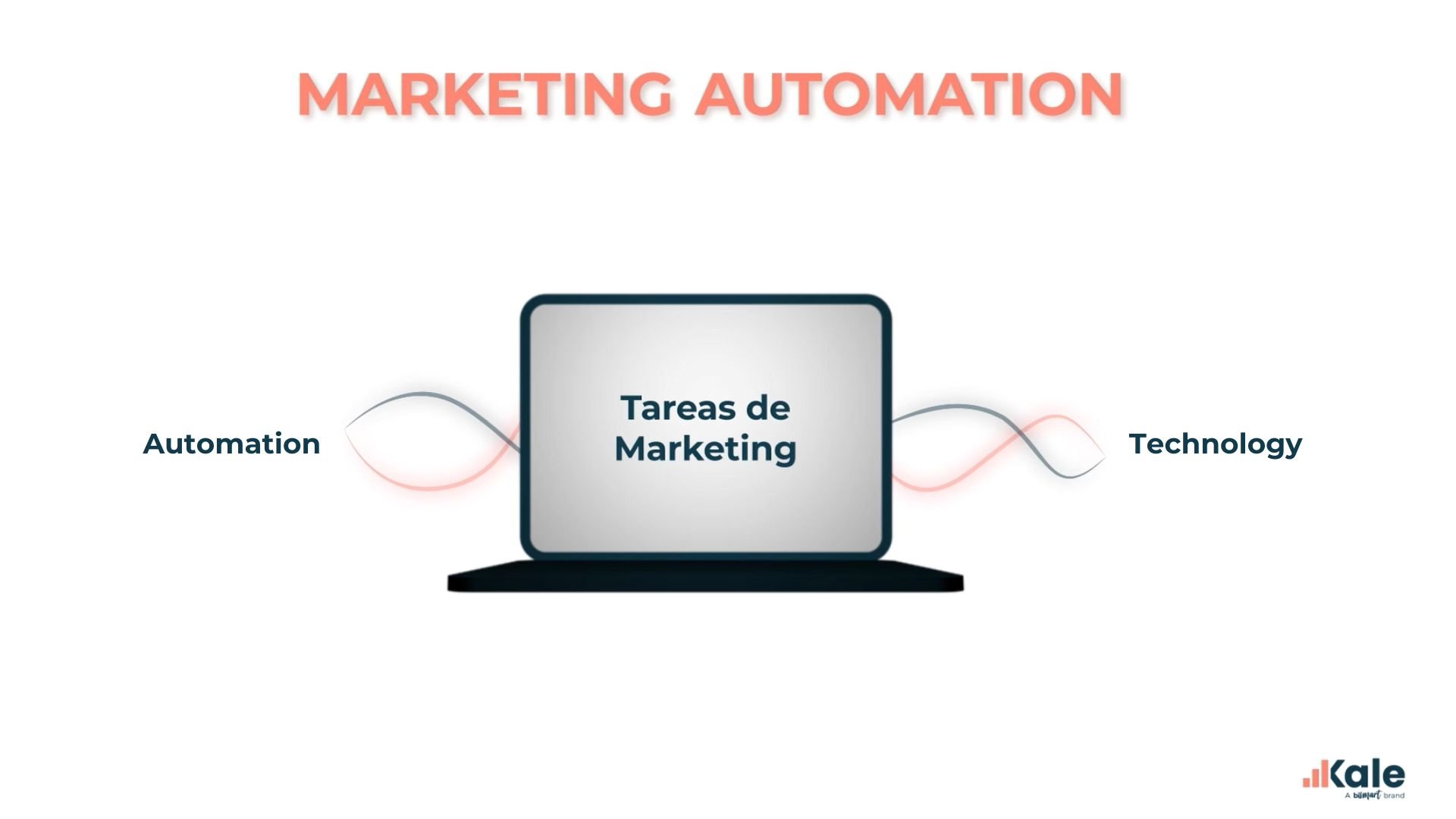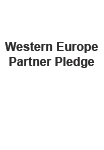Marketing automation is everywhere. Automating recurring marketing tasks allows marketers to focus on what's really important. Don't miss these 10 real examples of marketing automation and find out which marketing tasks you should automate.

The digital world is all about immediacy. On the Internet, everything goes faster and response times have accelerated to such an extent that waiting is no longer acceptable. In the business world, waiting is also becoming less and less common and speed means competitiveness.
Immediacy is spreading to all corporate areas, including marketing. The automation of marketing tasks or marketing automation is already one of the most relevant digital marketing trends of today.
Thanks to technology, we can automate recurring marketing tasks, previously done manually by marketers. This allows marketing teams to streamline their processes and reduce the time they spend on mundane tasks to spend most of their time on strategy and creation.
What is marketing automation?
In this blog we have previously explained what marketing automation is and how to apply it. However, if you are also keen on immediacy, you can watch the following video in which we explain the concept in 1 minute:
The 10 best examples of marketing automation: what marketing tasks should you automate?
1. Email marketing

Believe it or not, email marketing is one of the communication channels with the highest conversion rate. Probably because email marketing campaigns are usually directed to accounts that have already shown interest in our brand and have agreed to give us their email address.
According to a research published in 2021, 61% of customers want to receive promotional messages at least once a week and 38% want to receive them more frequently (daily, twice a week or three times a week).
Therefore, in order to work, email marketing must be a recurring process. This means sending emails at least once a week to all your contacts. Can you imagine having to write more than 1,000 emails manually every week? It would be practically impossible or it would take up your entire working day.
This is precisely why email marketing is one of the tasks that companies usually automate first.
2. Newsletters

Sending newsletters to our entire customer portfolio is another of the marketing strategies that provide the best results for companies.
Although they are not as recurrent, newsletters take much longer to prepare than emails. That is why many organizations also opt for automating the creation, sending and implementation of this type of content through predesigned templates, for example.
3. Social media posts

Just like email, success on social media also depends on regularity. For a business account on a social network to work, it is necessary to post regularly. In social media, the more, the better.
Most companies that post frequently on their social networks automate the process by scheduling posts for an entire month, for example. This allows marketers to better organize and plan their content and campaigns, maintain consistency in their posts and save time.
4. Personalized campaigns
 Personalization is one of the most important digital marketing strategies of recent times. Nowadays, the best way to target audiences is to create specific content for each customer segment, instead of sending general content to all our contacts.
Personalization is one of the most important digital marketing strategies of recent times. Nowadays, the best way to target audiences is to create specific content for each customer segment, instead of sending general content to all our contacts.
In this regard, customer segmentation is essential to be able to generate personalized marketing campaigns.
Using automation tools, we can create personalized campaigns for each of our leads, so that each customer receives personalized content according to their interests and needs.
5. Contact management

Marketing automation goes beyond sending content and emails. Contact and account management can also be automated and, in fact, is one of the marketing processes that we should automate first.
Most CRM systems vary in price depending on the number of contacts. Therefore, automating contact management is essential to streamline the process and to save money by getting rid of contacts that do not bring us any value.
Today's technologies allow us to automate the cleaning of duplicate contacts, inactive contacts or uninteresting contacts. In addition, we can synchronize our updated list with all corporate platforms to have a single version of the truth.
6. Lead scoring

In relation to contact management, we have lead scoring.
Lead scoring is a marketing technique that consists of classifying our contacts according to their likelihood of becoming customers. How? By analyzing their level of interest in our products or services so that marketers know where each contact is in the conversion funnel and create campaigns or strategies appropriate to the stage in which the potential customer is.
Lead scoring is already a must-have marketing trend, especially in Inbound Marketing.
Fortunately, many CRM tools already have lead scoring systems that automate the process and help marketers focus their efforts on the most interesting leads.
7. Lead nurturing

How do we convert the leads or contacts we have generated into customers? One of the most efficient ways to make our leads move forward is through lead nurturing. Again, this is a technique that consists of generating personalized content depending on the stage of the conversion funnel our leads are on.
The term 'nurturing' means: "to take care of and encourage the growth or development of a person". In this sense, lead nurturing aims to take care of the customer and send him the information he needs so that he can follow his natural evolution towards a purchase.
Today there are a large number of martech tools with which we can program the most efficient content and responses for each stage of the conversion funnel.
8. Pop-ups

Pop-ups are a type of online advertising that appears automatically and pops up when a user enters a certain section of our website or moves the mouse over a specific area of the screen.
Pop-ups are another of the most used methods by marketing teams to generate leads and conversions.
Obviously, pop-up forms can also be automated and programmed, allowing the creation of specific pop-ups for specific customer interactions.
9. Task assignment and planning

In addition to email marketing, content generation and contact management, automation is the ideal ally for a better organization of teamwork and tasks within the marketing department.
Teamwork and corporate communication tools such as Microsoft Teams can help us to create workflows that will make it easier to assign tasks, organize them and manage pending tasks.
10. Reporting

Reporting and monitoring results is a fundamental part of marketing. Nowadays, measuring the activity and results of our efforts through performance indicators and KPIs is a must.
Analyzing our performance data and transforming it into monthly reports manually can be a really hard task. Fortunately, marketing automation tools also include data analysis and reporting.
Today we can find many tools that analyze our activity data and can generate reports automatically. In addition, performance indicators and KPIs are updated in real time and, therefore, once the report is created, it will serve us forever.
Conclusion
Why do something manually when you can automate it? Marketing automation is now one of the biggest sources of investment for CMOs. Automating recurring processes allows professionals to spend their time on more productive tasks.



